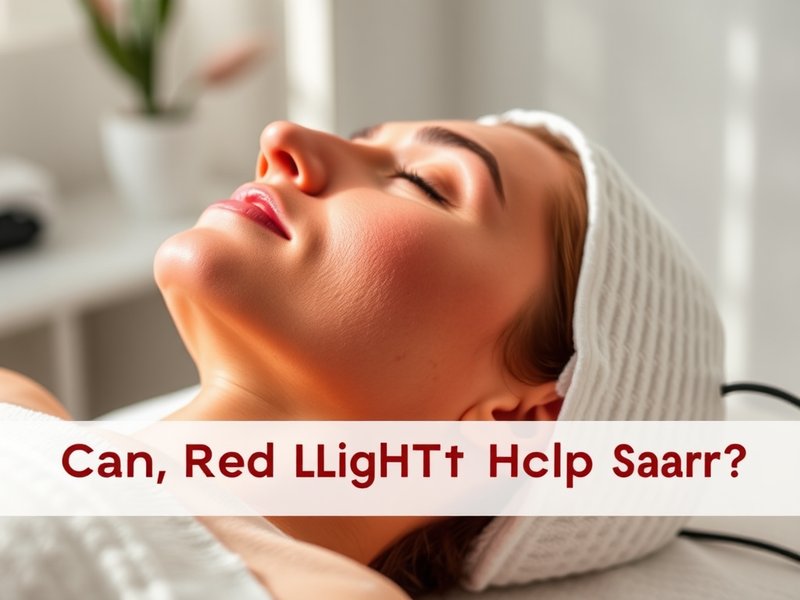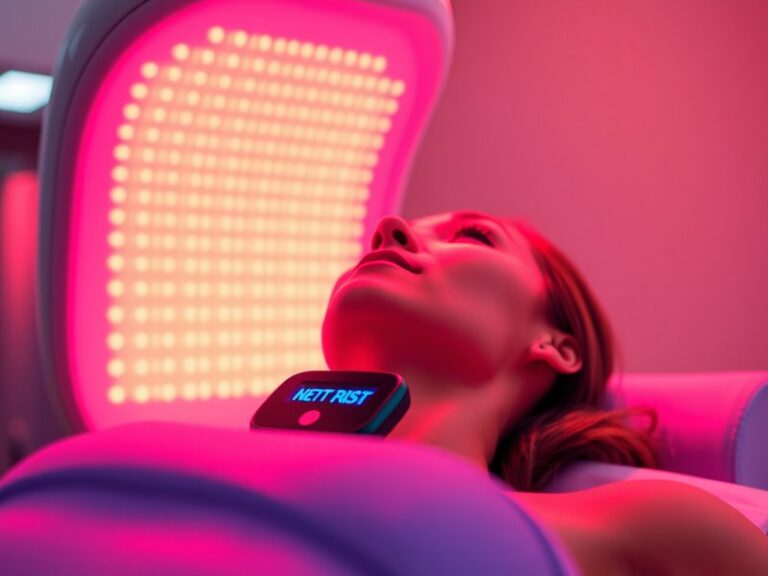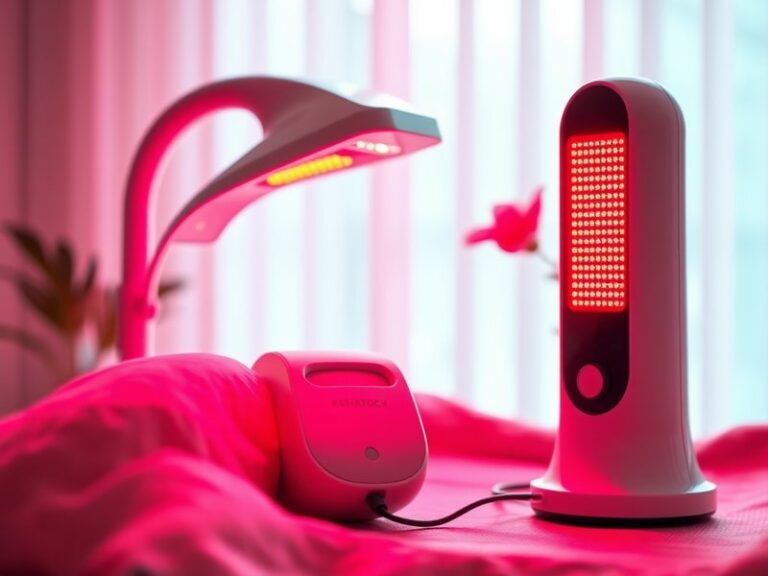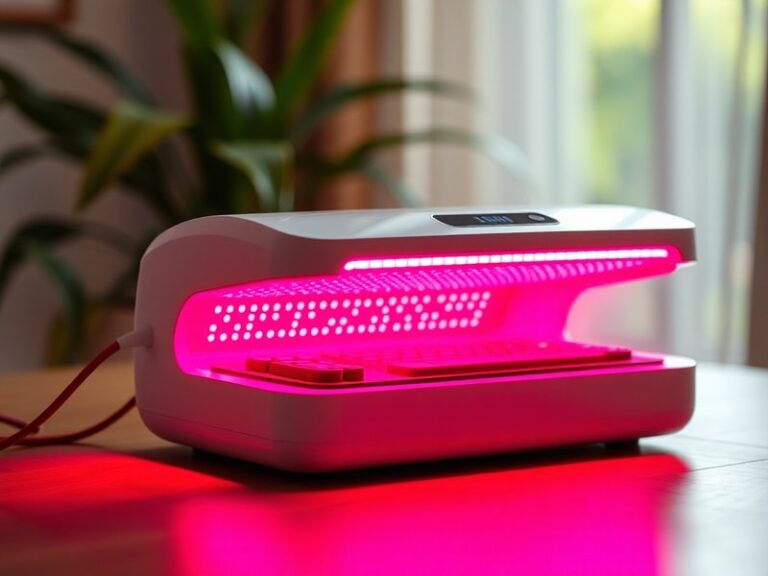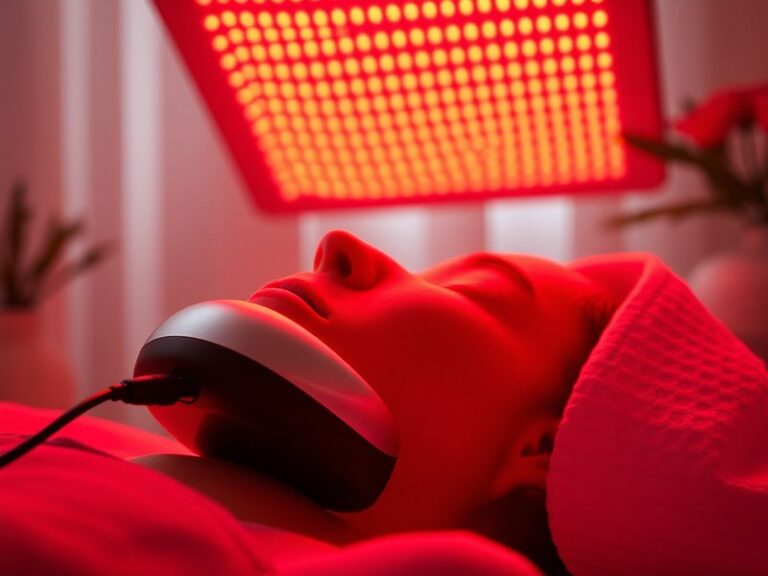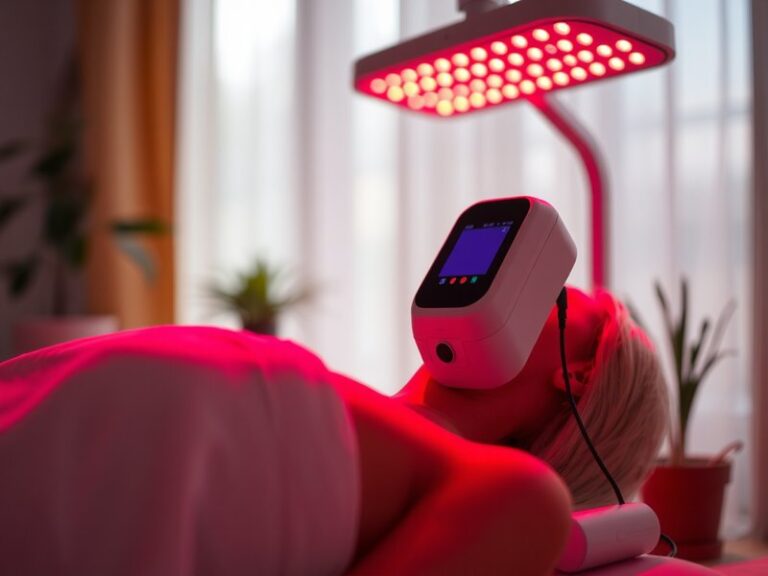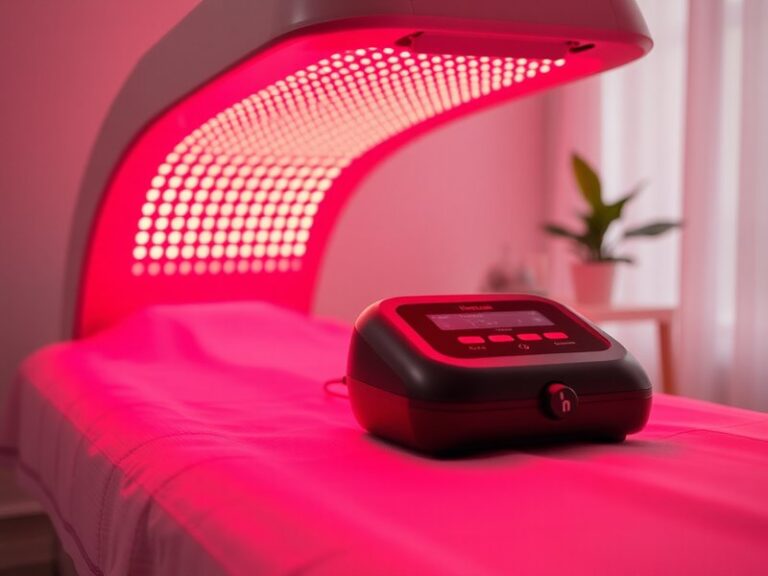Can Red Light Therapy Help Scars?
Can Red Light Therapy Help Scars?
Are you searching for effective treatments to minimize scar appearance?
In this article, we will explore the role of red light therapy in scar healing, examining how it works, its benefits, considerations, alternatives, and whether it is a recommended treatment option. Understanding this innovative therapy could pave the way for clearer skin and enhanced healing.
Key Takeaways
- Red light therapy stimulates the body’s healing processes, potentially improving the appearance of scars.
- It is a non-invasive treatment option with minimal side effects.
- Results can vary based on skin type, scar age, and treatment consistency.
What is Red Light Therapy?
Red light therapy (RLT) is a treatment that uses specific wavelengths of light, primarily in the red and near-infrared spectrum, to promote healing and reduce inflammation. The therapy works by stimulating the mitochondria in cells, leading to increased energy production and enhanced cellular repair processes.
RLT has gained popularity for several applications, including skin rejuvenation, pain relief, and wound healing. By penetrating the skin’s layers, it can help in various skin conditions, including acne and scars.
The Mechanism of Action
When applied to the skin, red light penetrates to the dermis, encouraging collagen production and cellular repair. This stimulation may help in the remodeling of scar tissue, potentially reducing the size and visibility of scars over time.
What are the Benefits of Red Light Therapy?
Red light therapy offers several advantages for scar healing, which we will explore in detail below.
Accelerated Healing Process
One of the most notable benefits of RLT is its ability to accelerate the healing process. Studies show that using RLT can enhance wound closure and tissue repair, which is essential for effectively reducing scar formation.
Reduced Inflammation
RLT has anti-inflammatory properties that may help minimize the redness and swelling associated with fresh scars. By calming the inflammatory response, RLT can contribute to a more even skin texture as the scar heals.
Improved Skin Texture
Frequent treatment sessions can lead to improved skin texture over time. Patients often report smoother, softer skin where scars once existed, thanks to the stimulated collagen production responsible for repairing skin structure.
Safe and Non-Invasive
Unlike surgical options or harsh chemical treatments, red light therapy is non-invasive and generally safe for most skin types. This makes it an appealing choice for individuals seeking to manage scars without significant downtime or discomfort.
For more, see Does Red Light Therapy Remove Wrinkles?
Is it Possible to Reduce Scarring with Red Light Therapy?
Yes, it is possible to reduce scarring with red light therapy. The treatment’s effectiveness largely depends on several factors, including the age of the scar and the skin type of the individual.
What are the Advantages of Utilizing Red Light Therapy?
The advantages of engaging in red light therapy for scars are multifold:
- Non-Invasive Nature: Unlike laser treatments or surgery, RLT does not require incisions and thus poses a lower risk of further scarring.
- Minimal Side Effects: Few patients report side effects, and those that do often encounter only mild irritation or redness.
- Versatility: RLT can be used on various types of scars, including surgical scars, acne scars, and stretch marks.
What are the Disadvantages of Utilizing Red Light Therapy?
While RLT is generally safe, it may have a few disadvantages:
- Variable Results: Not everyone may experience significant improvement, and outcomes depend on individual factors.
- Time Commitment: Optimal results often require multiple treatment sessions, which can be time-consuming.
- Cost: Depending on the provider and treatment frequency, RLT can become an expensive venture.
What are the Things to Consider Before Starting Red Light Therapy?
Before beginning red light therapy treatment, it is crucial to consider several factors:
Consultation with a Professional
Before starting RLT, consult with a dermatologist or healthcare provider who can assess your scars and recommend the most effective treatment plan tailored to your needs.
Type and Age of Scars
The effectiveness of RLT can differ based on the scar type (e.g., hypertrophic, atrophic) and its age. Older scars may not respond as dramatically as newer ones.
Skin Sensitivity
Individuals with sensitive skin should discuss any potential risks with their healthcare provider, as light therapy may exacerbate certain conditions, such as rosacea or eczema.
Commitment to Treatment Schedule
Be prepared for a commitment to regular treatments over several weeks or months to see optimal results.
What are the Alternatives to Red Light Therapy?
If red light therapy does not seem like the right fit for you, consider exploring these alternative treatments:
Laser Therapy
Laser therapy utilizes focused light to resurface the skin and minimize scars. This method can be effective but may involve more downtime and discomfort.
Microneedling
Microneedling involves using very fine needles to create micro-injuries in the skin, promoting collagen production and improving scar appearance. It’s often combined with serums for enhanced results.
Topical Treatments
Over-the-counter creams and ointments containing silicone, vitamin E, or cortisone can be beneficial for scar management. These treatments are generally easy to access and apply at home.
Chemical Peels
Chemical peels involve applying a solution to exfoliate the skin’s surface layers, which can help improve the appearance of scars. This method can require multiple sessions for best results.
Conclusion: Is it Recommended to Use Red Light Therapy for Scarring?
In conclusion, red light therapy presents a promising non-invasive option for individuals seeking to reduce the visibility of scars. Its ability to promote healing and improve skin texture makes it an attractive alternative to more invasive treatments. However, results can vary, and it is wise to consult with a healthcare provider or dermatologist to determine if this therapy aligns with your specific skin needs.
Get the full context in Best Red Light Therapy for Hair Loss
Frequently Asked Questions
Is red light therapy painful?
No, red light therapy is generally pain-free. Most patients experience a soothing warmth, while some might feel a mild sensation on their skin.
How long does it take to see results?
Patients typically need several sessions to notice improvement, with many seeing positive changes within a few weeks of consistent treatment.
Can anyone use red light therapy?
While RLT is safe for most individuals, those with specific skin conditions or sensitivities should consult with a medical professional prior to treatment.
Are there home devices for red light therapy?
Yes, there are several home-use red light therapy devices available on the market. However, results may vary compared to professionally administered treatments. Always ensure that any home device is FDA-approved and from a reputable source.
How often should I undergo red light therapy for scars?
Frequency can vary by individual needs and treatment protocols, but many practitioners recommend sessions 2-3 times per week for optimal results. Always follow the advice of your healthcare provider.
